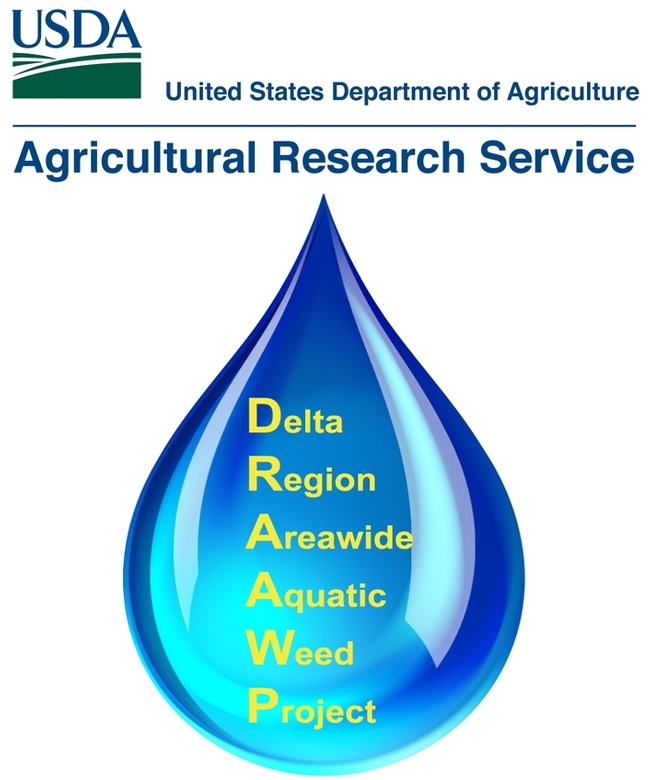
A report on ‘Herbicides and Aquatic Weed Control in the Delta' from the Division of Boating and Waterways (DBW), California Department of Parks and Recreation, shows examples of successful control of floating aquatic weeds (water hyacinth, spongeplant, and water primrose) and submersed aquatic weeds (mainly Brazilian waterweed and curly-leafed pondweed). Application of herbicides and mechanical removal with heavy equipment have been the main control methods for floating weeds, while herbicide application has been the method used for submersed weeds. Adaptive management regimes have improved control efficacy, as seen in several before-after images, and geospatial technologies, including biovolumetric mapping and remote sensing, are making it easier to track progress. ‘Aquatic Weed Growth and New Herbicides' describes three-year field surveys completed in 2017 by USDA-Agricultural Research Service and UC-Davis Dept. of Plant Sciences researchers to track growth of water hyacinth and some submersed weeds. The results provide valuable information about the annual growth cycle of these weeds to build predictive models and optimize control efforts. Tests of new herbicides and combinations are informing future control plans. ‘Biological Control of Waterhyacinth and Arundo' describes three new biocontrol agents targeting water hyacinth that are planned for release in the Delta by the USDA-ARS, working with DBW-CA Parks and the California Department of Food and Agriculture (CDFA); a weevil, a planthopper, and a moth. Releases of two new biocontrol agents targeting the riparian and wetland invader, arundo or giant reed, are underway. ‘Arundo Chemical Control and Habitat Restoration', by the Sacramento-San Joaquin Delta Conservancy, documents successful arundo control and initial replanting of native plants in the northwestern Delta. ‘Economic Modeling of Costs of Aquatic Weed Control' by UC-Davis, Department of Agricultural and Natural Resource Economics, Agricultural Issues Center economists, documents a 29-100% decrease in annual costs of aquatic weed control (using hand-pulling and mechanical removal) incurred by key Delta stakeholders, including private marinas, in 2016 in comparison to 2015. Models to predict aquatic weed control costs are being integrated with models of Delta water nutrients and weed growth being produced by NASA, UC-Davis and the USDA-ARS. More information on the water nutrient models is provided in ‘Nutrients and Modeling in the Delta Watersheds' by scientists in the UC-Davis Department of Land, Air and Water Resources. Knowledge of upstream water flow in the Sacramento and San Joaquin River watersheds, nitrate runoff and seasonal variation is critical for prediction of nutrients available for aquatic weed growth in the Delta. ‘Effects of Herbicides on Mosquitos', provided by researchers in the UC-Davis Department of Entomology and Nematology, addresses a long-standing concern that dense water hyacinth or Brazilian waterweed mats could enhance populations of disease-vectoring mosquitos. In tank tests, mosquitos increased in post-herbicide, decaying water hyacinth, while Brazilian waterweed appeared to reduce mosquito numbers. ‘Mosquito Control in Contra Costa County' provides information on efforts by the Contra Costa Mosquito Vector Control District to detect and control mosquitos in dense aquatic weed populations in the southwestern Delta, and another report, ‘Mosquito Control in San Joaquin County', documents similar efforts by the San Joaquin County Mosquito Vector Control District. All told, the reports show that DRAAWP is making progress towards its goals to coordinate agency efforts, integrate practical aquatic weed management and the latest scientific information, and improve aquatic weed management for protection of water resources and natural environments in the Delta.